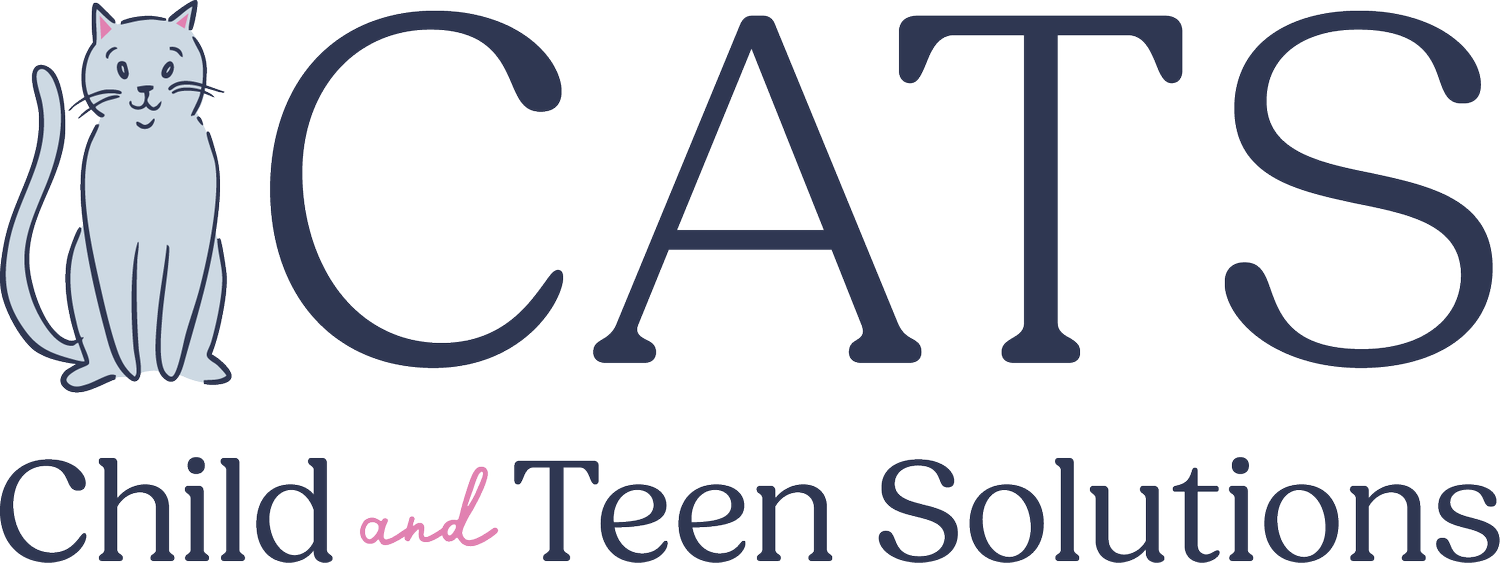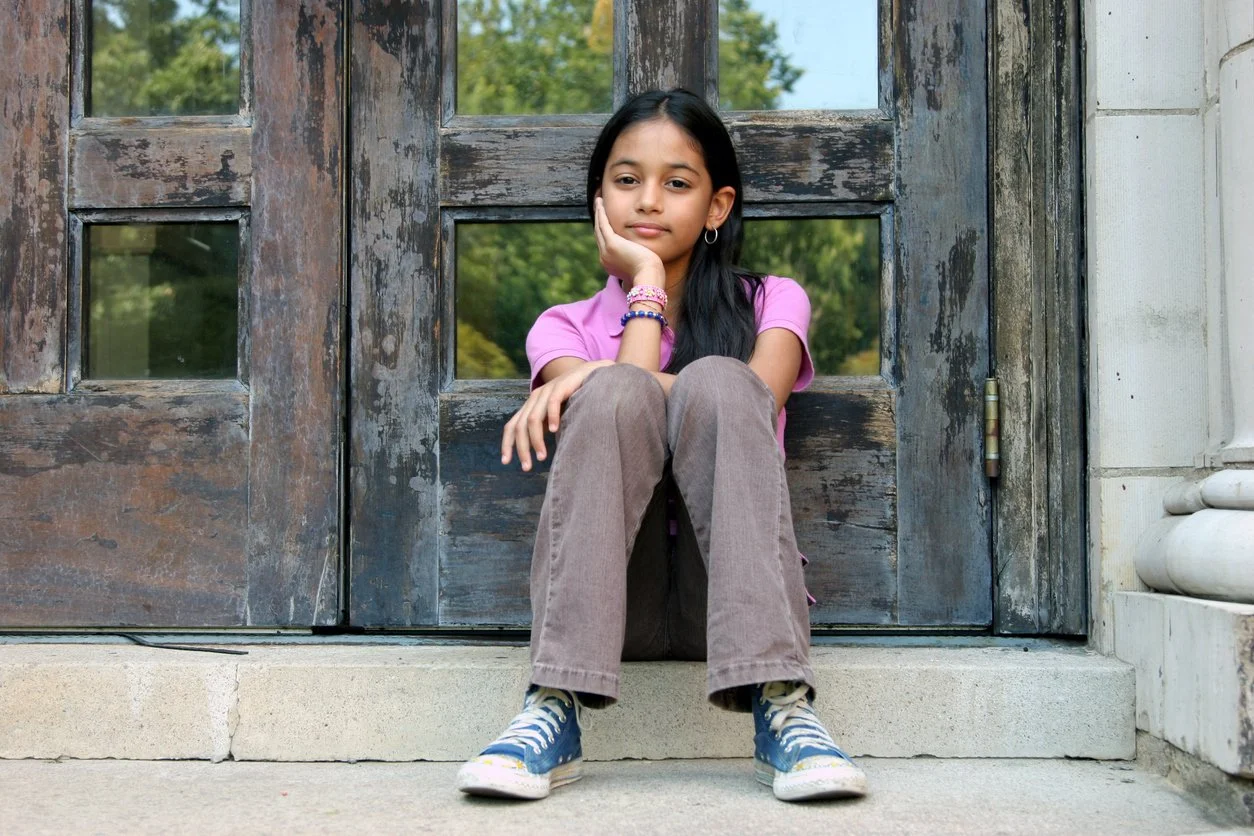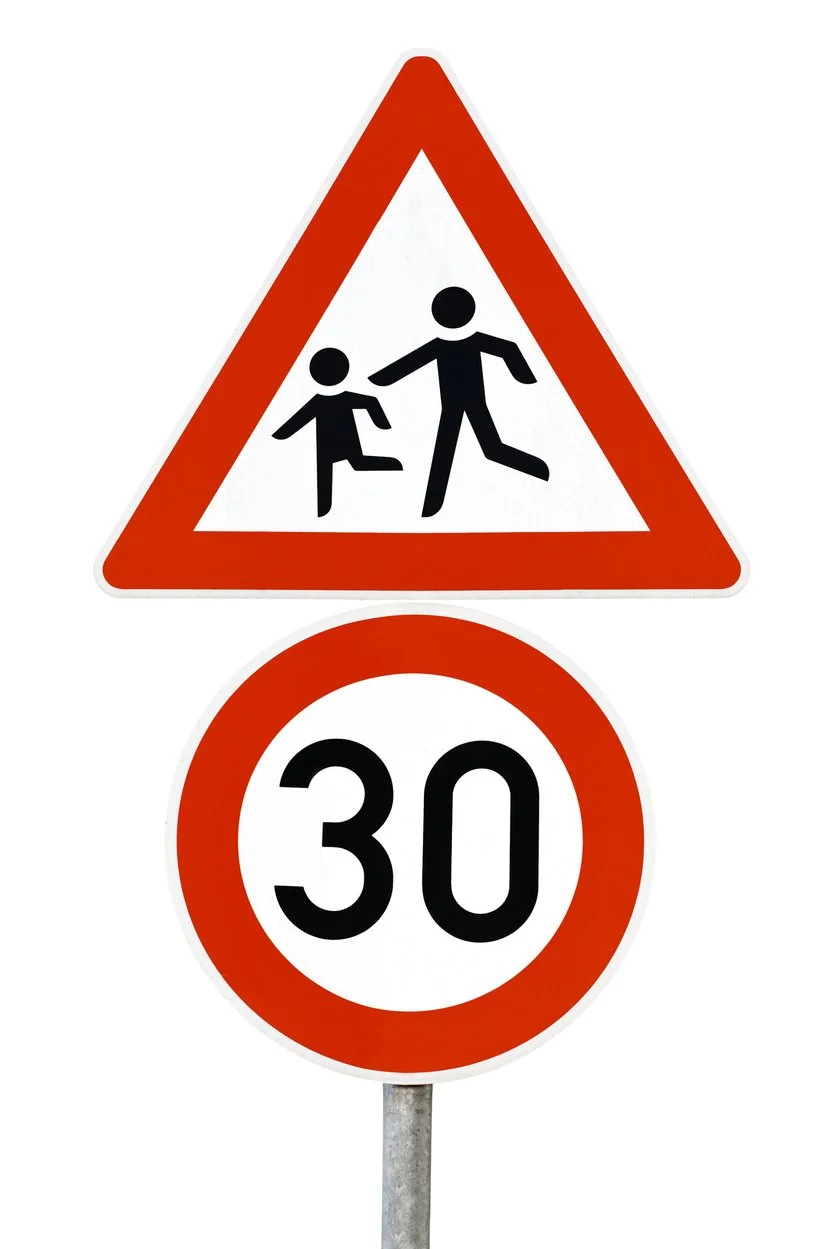Tips for Building Self-Regulation in Kids: The Power of Limits, “Positive Control,” and Reasonable Consequences
As parents, we all want our children to grow into kind, confident people who can handle big feelings and make good choices. One of the most important skills they need for this is self-regulation—the ability to manage emotions, control impulses, and behave in socially appropriate ways. Self-regulation is related to a child’s inborn temperament. But also, certain parenting practices promote better self-regulation in children. In other words, kids need our help to build self-regulation.
Warm and responsive parenting are a big part of equation. These factors are not enough, however. This is especially the case for children who come into this world on the more impulsive side. By setting clear limits, using positive control, and providing reasonable consequences with clear reasons, we can give our children the structure and support they need to thrive.
Let’s explore how this works and how you can start using these tools in your everyday parenting.
What Is Self-Regulation in Children?
Self-regulation is a life skill that allows children to:
Handle frustration without melting down
Wait their turn and follow directions
Calm themselves when upset
Think before they act
Manage their behavior in the service of goals
Young children don’t yet have strong self-regulation skills. Their brains are still developing, and they rely on the adults in their lives to help them manage their emotions and actions. Over time, with support and practice, they learn how to do it on their own. The preschool years are an ideal time to set this process into motion. However, key parenting strategies are never too late to put into place.
Why Setting Limits Matters in Parenting
Some parents worry that setting limits means being strict or harsh. But in truth, limits are a way to show love and care. When children know what’s expected and what’s not okay, they feel safer and more secure. Clarity, consistency, and follow through with directives are key. Limit setting protects helps to protect physical safety and property, as well as the child’s emotional safety.
Limits help children:
Feel safe in a predictable environment
Learn boundaries and expectations
Understand how their actions affect others
Reduce anxiety and overwhelm
Setting limits isn’t about controlling kids—it’s about teaching them. And that’s where positive control and clear consequences come in.
What Is Positive Control in Parenting?
Positive control means guiding children with calm authority. It doesn’t mean yelling or punishing. Instead, it means staying in charge while also being kind and supportive.
Examples of positive control:
There is strong research evidence showing that positive control is key to child self-regulation.
Positive control is about being the steady, confident leader your child needs, especially when they’re overwhelmed or acting out. It creates a balance of firmness and warmth that helps children feel safe while they learn.
Why Consequences (With Reasons) Matter
Limits on their own aren’t enough. Kids also need to understand why the limits are there and what happens when they cross them. That’s where reasonable consequences come in.
When consequences are clearly connected to a child’s behavior—and when we explain the reasons behind them—children learn responsibility and cause-and-effect thinking. This is a key part of self-regulation.
Consequences should be:
Related to the behavior
Reasonable in size and timing
Respectful, not shaming or scary
When kids hear the reason behind the consequence, they’re more likely to connect their actions to the outcome. Over time, they begin to think ahead and make better choices on their own.
How This All Builds Self-Regulation in Kids
When you combine clear limits, positive control, and reasonable consequences, your child learns how to:
Recognize expectations – “I know the rules.”
Predict outcomes – “If I do this, that will happen.”
Manage emotions – “I can calm down with help.”
Make better choices – “Next time, I’ll try something else.”
These are the building blocks of self-regulation.
Final Thoughts
Limit setting is not about punishment—it’s about teaching. When we combine clear boundaries, positive control, and consequences with reasons, we help our kids:
Feel safe and supported
Learn to think before they act
Understand how their choices affect others
Grow into calm, capable problem-solvers
It takes patience, and there will be setbacks. But every time you stay calm and follow through with kindness, your child learns something valuable.
You’re not just keeping order—you’re building skills your child will use for the rest of their life.
Even small changes in how we set limits and explain consequences can make a big difference over time. Keep showing up, keep staying steady, and keep guiding with love.
How Parenting Therapists at Child and Teen Solutions Can Help
Want more support on parenting and self-regulation? Our team of parenting therapists treat a broad range of issues including ADHD, anxiety, autism, emotion dysregulation, and other challenging behaviors. In addition to our treatment services, we offer comprehensive assessment/ evaluation services.
To learn more about services at CATS, send us a message today through our Contact Page.



